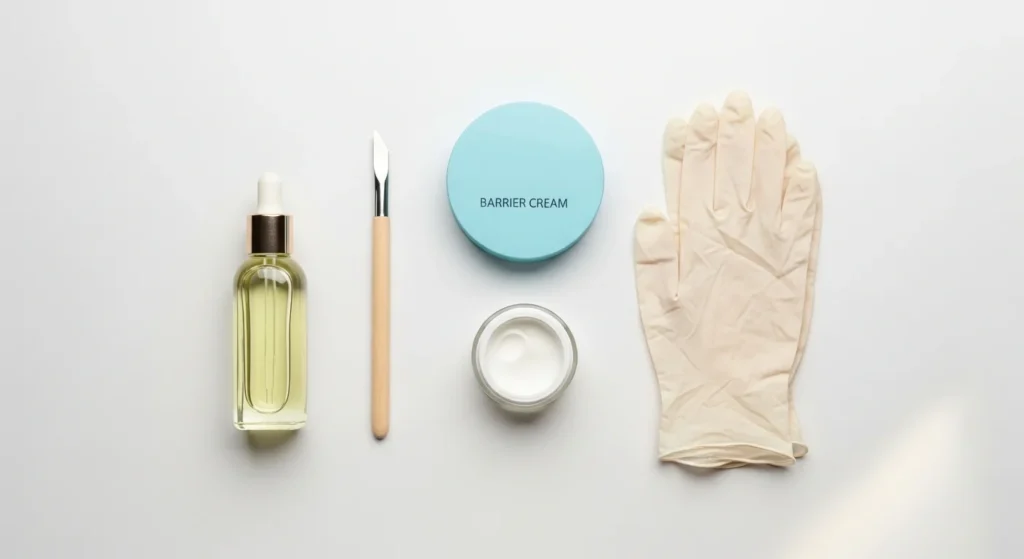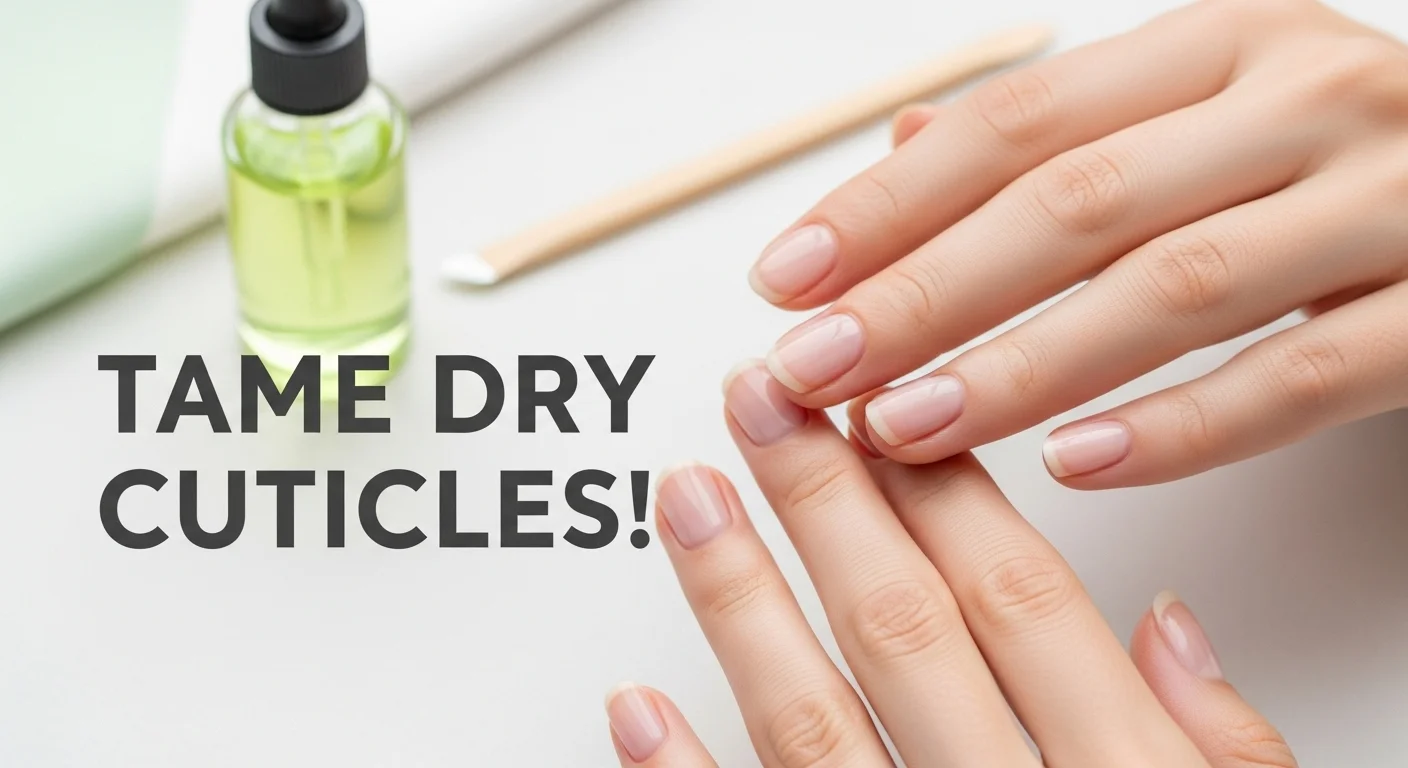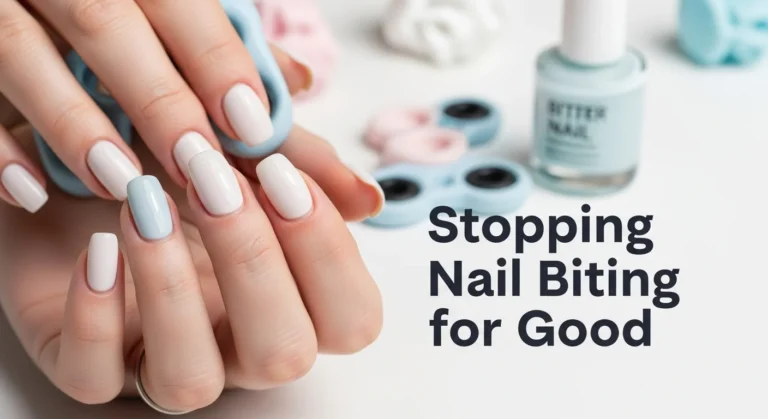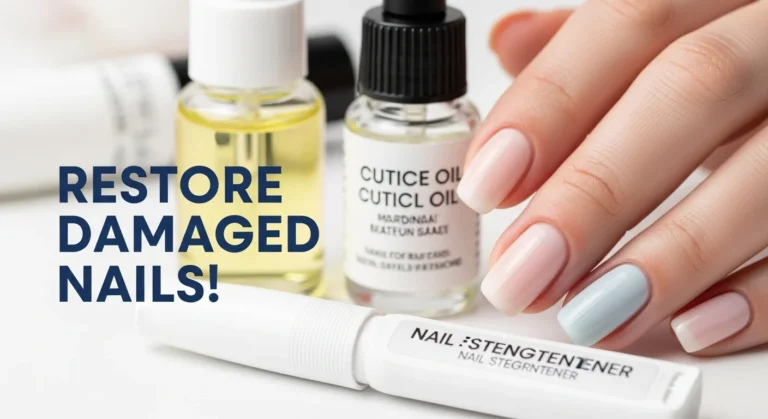Taming Dry, Cracked Cuticles: A Practical Guide
Dry, cracked cuticles are often caused by environmental factors, frequent hand washing, or improper nail care, leading to pain and infections if untreated. This guide offers evidence-based steps to hydrate and heal cuticles, including daily moisturizing, gentle care techniques, and preventive habits. It includes practical tips, tools, and FAQs to maintain healthy cuticles year-round.
What Are Dry, Cracked Cuticles and Why Do They Happen?
Cuticles are the thin layers of skin surrounding the base of the nail, protecting the nail bed from bacteria and moisture loss. When they become dry or cracked, they can peel, split, or cause discomfort. This condition is common, especially in dry climates or seasons, affecting up to 30% of people regularly, per dermatological studies (Journal of the American Academy of Dermatology, 2019).
Common Causes
- Environmental Factors: Cold weather, low humidity, or wind strips moisture from skin.
- Frequent Hand Washing: Soap and sanitizers remove natural oils, drying cuticles.
- Improper Nail Care: Over-trimming or aggressive manicures damage the cuticle barrier.
- Dehydration: Low water intake or medical conditions like eczema worsen dryness.
- Chemical Exposure: Harsh cleaners or nail polish removers irritate skin.
Common Causes of Dry, Cracked Cuticles
Environmental Factors
Frequent Hand Washing
Improper Nail Care
Dehydration
Chemical Exposure
Note: Bar heights are illustrative, based on common causes (Journal of the American Academy of Dermatology, 2019).
How Do Dry, Cracked Cuticles Affect You?
Dry cuticles aren’t just a cosmetic issue; they can lead to:
- Pain and Discomfort: Cracks or splits can sting, especially with water exposure.
- Infections: Open skin allows bacteria or fungi to enter, risking paronychia.
- Nail Damage: Weakened cuticles may lead to slower nail growth or brittleness.
- Appearance: Peeling or ragged cuticles can make hands look unkempt.
How Can You Tame Dry, Cracked Cuticles? A Step-by-Step Guide
Healing and preventing dry, cracked cuticles requires consistent care and gentle habits. Follow these steps for effective results.

Step 1: Hydrate Cuticles Daily
Why it matters: Moisturizing restores the skin’s natural barrier and prevents cracking.
How to do it:
- Apply a cuticle oil or cream (e.g., containing jojoba oil, vitamin E, or shea butter) 2-3 times daily.
- Massage into cuticles for 1-2 minutes to improve absorption and circulation.
- Use a thicker balm or petroleum jelly at night for intensive hydration.
Step 2: Avoid Over-Trimming Cuticles
Why it matters: Cutting too much cuticle skin weakens the nail bed’s protection.
Techniques:
- Gently push back cuticles with a wooden or rubber-tipped tool after a shower, when skin is soft.
- Trim only loose, dead skin with sterilized cuticle nippers, avoiding live tissue.
- If unsure, consult a professional manicurist to prevent damage.
Step 3: Protect Hands from Harsh Conditions
Why it matters: External factors like water or chemicals worsen dryness.
Strategies:
- Wear gloves when washing dishes, cleaning, or gardening to shield cuticles.
- Use a humidifier in dry indoor environments (aim for 40-60% humidity, per EPA recommendations).
- Apply a barrier cream (e.g., containing dimethicone) before exposure to water or cold.
Step 4: Maintain Overall Skin Health
Why it matters: Healthy skin supports cuticle recovery and prevents recurrence.
Tips:
- Drink 8-10 cups of water daily to stay hydrated (Mayo Clinic, 2023).
- Eat foods rich in omega-3 fatty acids (e.g., salmon, walnuts) and biotin (e.g., eggs) to support skin and nail health.
- Avoid picking or peeling cuticles, which can worsen cracks and invite infection.
Step 5: Treat Cracked or Painful Cuticles
Why it matters: Immediate care prevents infections and promotes healing.
Actions:
- Clean the area with mild soap and water, then pat dry.
- Apply an over-the-counter antibiotic ointment (e.g., bacitracin) to cuts to prevent infection.
- Cover with a bandage for 1-2 days if cracks are deep or painful.
Tools and Products to Help
The following table lists common tools and products for managing dry, cracked cuticles, with their purpose and usage.
| Tool/Product | Purpose | How to Use | Availability |
|---|---|---|---|
| Cuticle Oil | Hydrates and softens cuticles | Apply 2-3 times daily, massage in | Drugstores, beauty stores |
| Cuticle Pusher (Wooden) | Gently pushes back cuticles | Use after shower, avoid aggressive pushing | Online, beauty stores |
| Barrier Cream | Protects skin from irritants | Apply before water exposure or cleaning | Pharmacies, online |
| Antibiotic Ointment | Prevents infection in cracked skin | Apply thinly to cuts, cover if needed | Drugstores, supermarkets |
| Humidifier | Maintains indoor humidity | Run in bedroom or workspace, clean weekly | Home goods stores, online |
Additional Tips for Success
- Be Consistent: Apply cuticle oil daily, even after improvement, to prevent recurrence.
- Use Sunscreen: Apply SPF 30+ to hands to protect cuticles from UV damage.
- Avoid Acetone: Use acetone-free nail polish removers to prevent drying.
- Check Ingredients: Choose products free of fragrances or alcohol if you have sensitive skin.
When to Seek Professional Help
Seek a dermatologist if cuticles show signs of infection (redness, swelling, pus), chronic pain, or no improvement after 2 weeks. A professional can assess for underlying conditions and recommend targeted treatments.
For more tips on keeping your nails healthy and avoiding damage, explore our guide on Taming Dry, Cracked Cuticles.
FAQS
Frequently Asked Questions
How Long Does It Take to Heal Dry, Cracked Cuticles?
With consistent moisturizing and protection, minor dryness improves in 3-7 days. Deep cracks may take 1-2 weeks with diligent care. Persistent issues may require a dermatologist’s evaluation.
Can Dry Cuticles Cause Serious Health Issues?
Yes, cracked cuticles can lead to bacterial or fungal infections like paronychia, which may cause swelling or pus. Prompt cleaning and treatment reduce risks.
What If My Cuticles Don’t Improve with Home Care?
If dryness or cracking persists after 2 weeks, consider:
- Visiting a dermatologist for possible skin conditions like eczema or psoriasis.
- Checking for underlying issues like vitamin deficiencies.
- Avoiding low-quality nail products that may irritate skin.
Are There Professional Treatments for Cuticles?
Manicurists can provide professional cuticle care, including hydration treatments. Dermatologists may prescribe medicated creams for severe cases or infections.






